|
Why is it that abstract art looks so easy to do and when I try my hand at it, I always end up disappointed with my results? How can I become looser and more expressive when painting with watercolor? Does one have to prepare before starting a painting that's more on the abstract side of the art spectrum? When I first saw abstract artists at work, back when I was very young, I remember thinking just how easy it must be to create that kind of painting (or drawing). I saw how intuitively and spontaneously they moved along the process, and concluded there was no prep work involved or specific process to follow. I wasn't entirely wrong. However, the thing I failed to realize back then is, those artists that seemed to be creating magic on canvas in a matter of minutes and without any struggle at all, had a ton of knowledge about art and Art Fundamentals, and had full control over their preferred mediums. They had already devoted lots of time to learning, exploring, messing up and finding their voice to the point that they could now easily express emotions and ideas via marks, colors, shapes and textures. They had full knowledge of Elements and Principles of Art, and were masters at choosing color schemes, creating interesting and balanced compositions, harmony, contrast, and everything that makes an artwork look impactful, cohesive and have the ability to effectively communicate an idea or emotion. Because they had already gained a certain level of mastery through their first-hand experience, they were able to move through the creative process with confidence and ease. And confidence, in my opinion, is key to abstracts as it's what truly allows us to let go and be able to work more intuitively. Not to mention, these artists had already gone through the long process of finding themselves artistically and preparing their specific tools (and colors) of choice. They know the message they want to transmit and how they want to transmit it. So yes, they may be going along the creation of an abstract painting intuitively now, and they may or may not have prepared or practiced before starting a specific piece (this depends on each artist's creative process), but they have years of practice under their belts. When we're just getting started (and we're serious about improving our skills), it's important to realize that there is a lot to learn and that we need to explore and practice first-handedly consistently and intentionally, in order to make the progress we're after. As I shared in my past blog post, 5 Tips for the (Serious) Self-Taught Artist, learning about Art Fundamentals can make the biggest different in your artistic journey. Not only in your ability to create original and impactful drawings or paintings, but also in your ability to analyze and talk about art. This knowledge helps you communicate your ideas about your work, and the work of others, which is so important when your goal is to become a professional artist. By learning about Art Fundamentals and applying this knowledge consciously in the beginning, as well as taking a few minutes to do a bit of planning prior to starting a new piece (whether it's abstract or not), you'll develop your eye for composition and later be able to tell if something works or not, pretty darn fast. Not to mention, knowledge of Art Fundamentals is what allows us to create original and visually pleasing artworks from scratch, all on our own, and without having to constantly rely on inspiration from other artists. This means you won't have to spend hours scrolling Instagram or Pinterest until you arrive at something that you want to replicate, because you'll have the ability to take ideas you already have inside of you and turn them into an actual visual composition. Join the Becoming Artists community on Patreon for live classes on Art Fundamentals, exclusive real-time drawing and watercolor tutorials that I don't share anywhere else (complete with downloadables), sketchbook prompts sent to you every week designed to help you stay consistent, feedback from me on your work and much more! Next. I'll be sharing three key tips that will help ensure a much smoother process and a more effective outcome when creating looser watercolor paintings.
If you enjoyed this video and found it helpful, make sure to subscribe to my YouTube channel. I share a brand new video every week with art tips, drawing and painting tutorials and mindset/productivity tips for artists. *Subscribe HERE*
3 Tips for Beautiful Watercolor Abstracts 1. Plan your colors Color is an essential part behind making a visual composition (whether simple or complex) look harmonious and cohesive. Because of this, giving thought to what specific colors you'll be using prior to starting with the painting process can be extremely helpful, especially when we're just getting started with painting. When we're creating an artwork, we have to consider the whole, or the global picture. A composition is meant to be seen in its entirety, which is why artists have to become masters at making use of (and manipulating) the different Elements and Principles of Art so that everything included works together to transmit the message, emotion or mood that they are intending to transmit. No element included in the piece is an island, as they all interact with each other to communicate the story, message or feeling to the viewer. Therefore, it's smart to give thought to how the different parts we'll be including in our artwork will be working in conjunction, prior to starting with the painting process. In relation to color, it's also helpful to remember that the way we see each hue is affected by the colors around it. Randomly picking colors throughout the painting process is a huge no-no, especially when we're just starting on our painting journeys. This will often result in struggling with muddy colors throughout the process, as well as finished products that don't look cohesive. Have in mind that, when we come across a video online where we're seeing a pro who knows color and has been painting for a long time, they've already most likely prepared specific colors on their palettes that they love and know will work well for the mixtures they'll be needing. In other words, they've already prepared their colors and aren't working with a color set that has been pre-made for them. They also know the color wheel like the back of their hand. This knowledge enables them to not only create color mixtures effectively, but also select color schemes that look integrated and impactful, and know exactly which colors to reach out for (or stay away from) when a new color mixture is needed. Something I love doing when preparing for a new piece is to think about the overall mood I want it to transmit to the viewer and how I can play with color to enhance my focal points, as well as create a sense of contrast to really make my painting pop. *Most of my viewers over on YouTube also know that I love keeping things simple and using a limited amount of colors when painting. Keeping things as simple as possible, and limiting the amount of colors that I'll be using, allows me to stay better organized throughout the process, which keeps muddy colors at bay, and leads to my paintings looking a lot more unified at the end. You can find a list of my favorite watercolor painting supplies here. 2. Give thought to your compositional arrangement Though many abstract artists make this work seem easy, something important to understand as beginners is that an impactful, harmonious and balanced composition rarely happens by accident. As an outsider looking in, it might look like what skilled abstract artists are doing is completely free-flowing and spontaneous. However, as I mentioned before, they have the knowledge and skills they need to create impactful work almost unconsciously and have the confidence that allows them to trust in their tools and in their own decisions/movements. It's incredibly helpful, for both beginners as well as more experienced artists, to sketch out a few quick thumbnails to roughly plan the location of focal point(s), as well as the balance that will be created between positive and negative spaces (areas which contain the subjects vs. empty areas), before getting started with the painting process. If you're using a reference photo, give thought to cropping and manipulating the size of different elements included, as well as removing those which may be detracting from the focal point or the balance you're looking to create. By learning about Art Fundamentals you'll become knowledgable on how to play with Elements of Art in order to manipulate their characteristics, as well as their placement within your space, to pull the viewers' attention towards your focal point(s) and keep their eyes moving throughout the piece. Not to mention, you'll also be able to stay away from making your drawings or paintings too overwhelming, which can be a huge problem when creating abstract art. Two "rules" or guides that I learned in art school which really helped me develop my eye for balanced yet interesting compositions, were the Rule of Thirds and the 60/40 (or 70/30) Rule (also referred to as the "Less is More" rule). The Rule of Thirds is used by photographers and even cinematographers all the time, and it helps us create interesting, asymmetrically balanced artwork that transmits a story. Using it is very simple. We basically divide our space into 9 equal squares or rectangles using horizontal and vertical lines and, using this grid, we decide the location of our focal point, as well as the placement of the secondary and tertiary elements. The Rule of Thirds tells us to never place our focal point right in the center of our space, or within the center of any of the squares or rectangles. It tells us to pick one of the points where the horizontal or vertical lines intersect (see red dots in image below). We can also place our focal elements along one of the lines. This guideline helps us create visual compositions that keep the viewer's eyes moving throughout the piece, instead of staying stagnant, which we definitely want to stay away from. It's not completely black and white, and you'll be able to find many examples of masterpieces created throughout history in which the Rule of Thirds has been deliberately used, and other in which it's used a bit more loosely.
To learn more about Art Fundamentals directly from me in an easy and sequential way, join us on Patreon! You'll get immediate access to all of my exclusive drawing/watercolor painting tutorials (2 new ones get shared each month), as well as live Q&A's and tons of resources I don't share anywhere else.
Check out this beautiful painting created by Renoir in 1873. The viewer's attention immediately gets called towards the lady in the white dress. The artist not only placed the focal point along one of the lines in the Rule of Thirds grid, but also emphasized the main subject by creating contrast using color and value, as well as rendering higher levels of detail within her when compared to the elements around her. We get a sense of this lady being directly hit by sunlight, while everything else in her proximity is in shadows. Now check out this painting created by Van Gogh in 1888. He's also made use of this same idea when he decided to place the group of boats off-center and closer to the left side. The viewer's attention not only gets immediately pulled towards the red boat (which falls right in the intersection where one of the vertical and horizontal lines meet in the grid), but our eyes then keep traveling towards the boats behind it, and then to the boats that are heading out towards the horizon. In this piece, though, the horizon line was placed almost halfway down the composition, which is what the Rule of Thirds tells us to stay away from. This nearly perfect central placement of the horizon line usually "cuts" landscapes right in half, when we're usually looking asymmetrical balance. However, this piece has so much movement and depth created by the placement of elements in the foreground, middleground and background, and such an interesting overall use of Principles of Art, that the horizon line doesn't really take away from it. The 60/40 or 70/30 Rule basically tells us that the areas of interest (or our focal points) should take up a much smaller amount of space than areas of lower interest. It also propels us to think about how we're going to be making use of different Principles of Art inside our areas of interest when compared to outside of them, in order to create contrast, bring attention to our focal point, and transmit our message more clearly. I don't know about you, but when I'm creating an abstract piece, I find it really easy to go overboard and start adding more and more (paint, marks, etc.) to the point that the focal point is lost and I end up with a painting that is overwhelming for the viewer. This is a big no-no, unless of course, this is intentionally the style your going for. I suggest taking breaks and stepping back from your work every few minutes and, once again, observing the global picture. Think about whether more is truly necessary. These two "rules" are by no means the only way to go about creating an artwork or the only helpful guidelines that exist out there, but they really helped me develop my eye for composition, as well as my knowledge on what goes behind creating a successful artwork when I was first getting started. For more on Composition pertaining to abstract art, check out this awesome video shared by artist David M. Kessler over at his YouTube channel. 3. Think about how you'll be doing your layering (especially if you're using mixed media) What makes so many abstract pieces so appealing is the richness artists are able to achieve via their layering processes, which I suggest giving thought to whether you're only using one medium to create your piece (the way I did with watercolor in the video included above), or are combining a variety of mediums. This will not only ensure a better outcome, but will also help your piece last a lot longer in good condition. Depending on the mediums that you're using, you'll want to do research and even do quick explorations to see if your initial layers will directly affect both the look and durability of the layers you place on top, and vice versa. You'll want to look into factors such as drying times between layers and final varnishing, as well. As opposed to representational art, in which a large part of the story or message is told via instantly recognizable subjects, abstract artists make use of the Elements of Art in their purest form (color, shape, line, texture, etc.). Playing around with how to layer these different elements, as well as defining what tools, mediums and/or techniques will be used throughout different parts of the process, we'll be able to create a much more impactful piece. Not to mention, we'll be able to keep some level of organization in our chaos. :) Keep in mind that an interesting and impactful composition usually has some sort of play between less and more, dark and light, etc. There are many ways in which we can create contrast, including making use of light vs. dark values, cool vs. warm colors, small vs. large sizes, heavy vs. light visual or tactile textures, highly detailed vs. less detailed, etc. *Bonus Tip: Just keep moving! Once you've started with the painting process, don't allow yourself to stay stuck in one place. Move past small mistakes and embrace imperfection! Trust in the plan and prep work you've done and keep moving forward. This quicker pace of working will lead to much more expressive results. If you don't feel ready to start on the actual piece that's meant to be finalized, warm up with smaller explorations! This never fails to help me, no matter what I'm doing. A while back I shared a blog post titled 5 Tips to Loosen Up and Create More Expressive Art which contains helpful tips that I apply myself.
I hope this blog post was helpful! If you have any questions or tips to share, make sure to leave a comment below.
Thanks so much for reading!
2 Comments
9/15/2020 12:51:42 pm
It's good to know that you should sketch some thumbnails for focal points. I'm wanting to add more paintings to my dining room and I don't know if I have the skills to paint. I'll be sure to find other paintings from professionals to hang in my home.
Reply
9/16/2020 06:35:05 pm
Hi, Taylor!
Reply
Leave a Reply. |
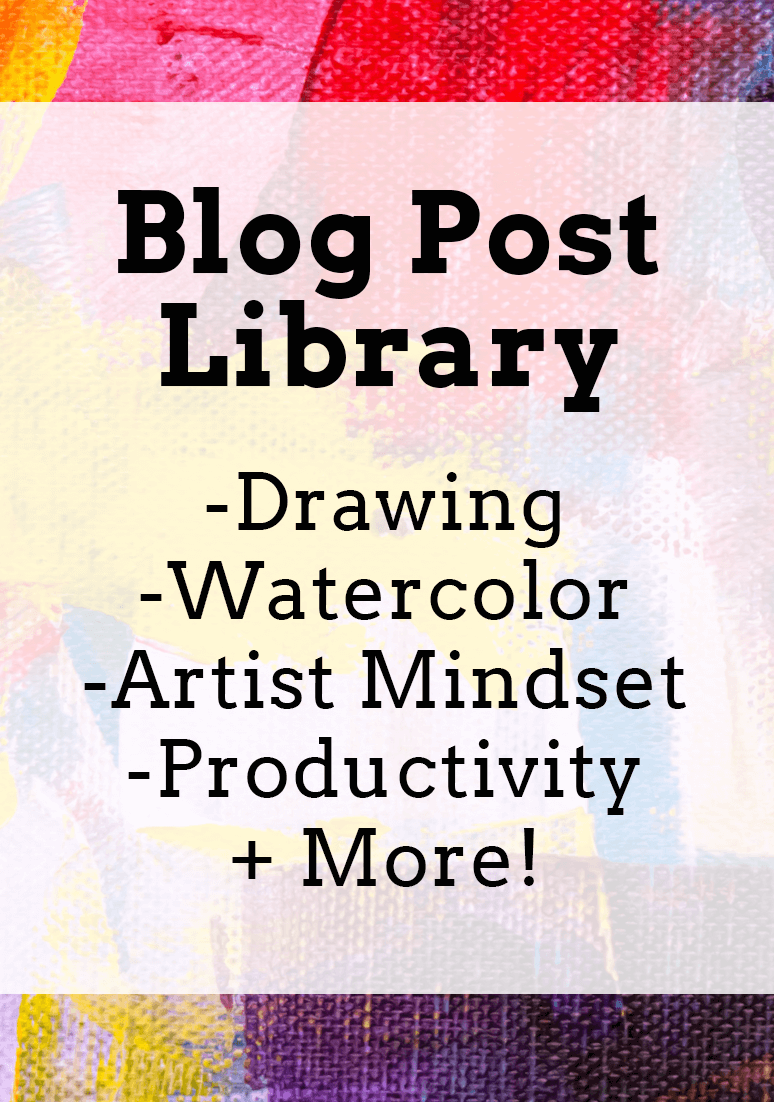
www.erikalancaster.com
is a participant in the Amazon Services LLC Associates Program, an affiliate advertising program designed to provide a means for sites to earn advertising fees by advertising and linking to amazon.com. www.erikalancaster.com is a participant in the Shareasale.com Affiliate Program, an affiliate advertising program designed to provide a means for sites to earn advertising fees by advertising and linking to Shareasale.com partner companies. |

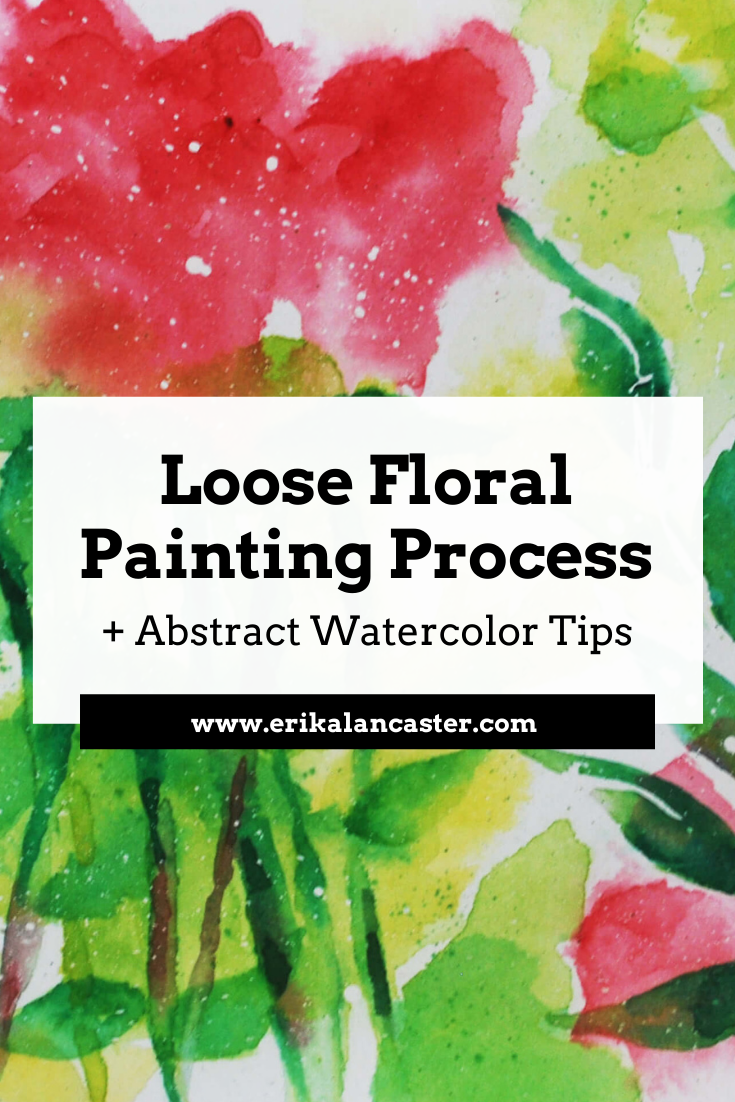
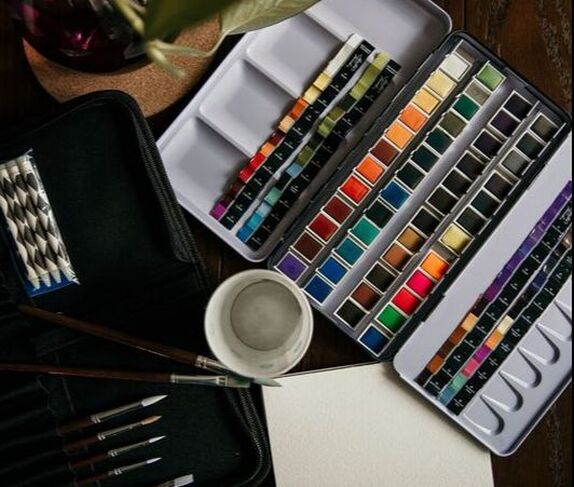
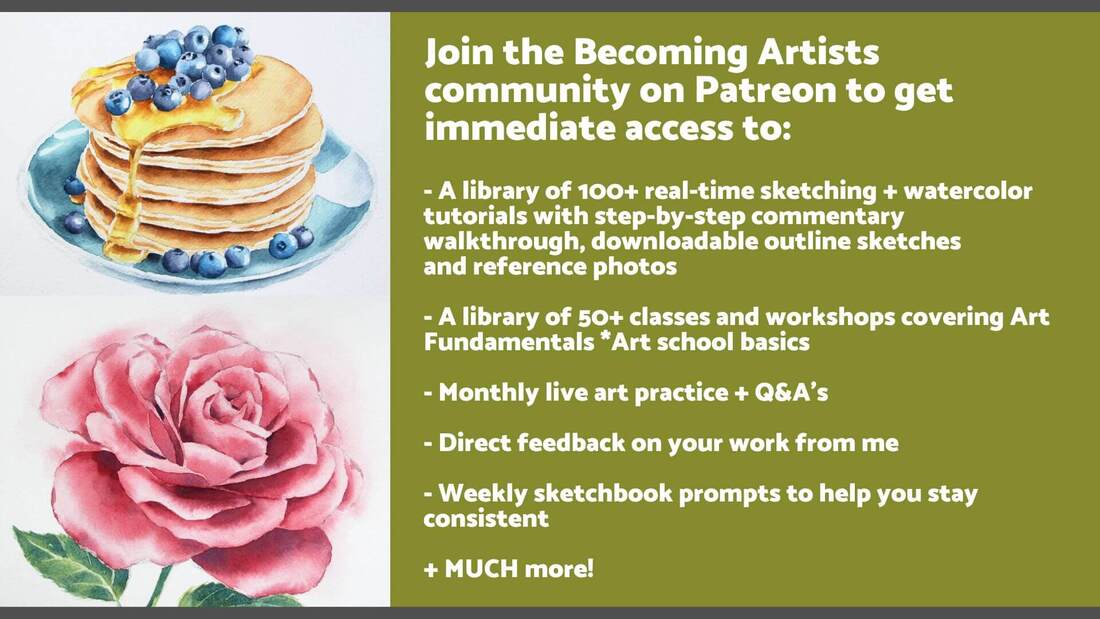
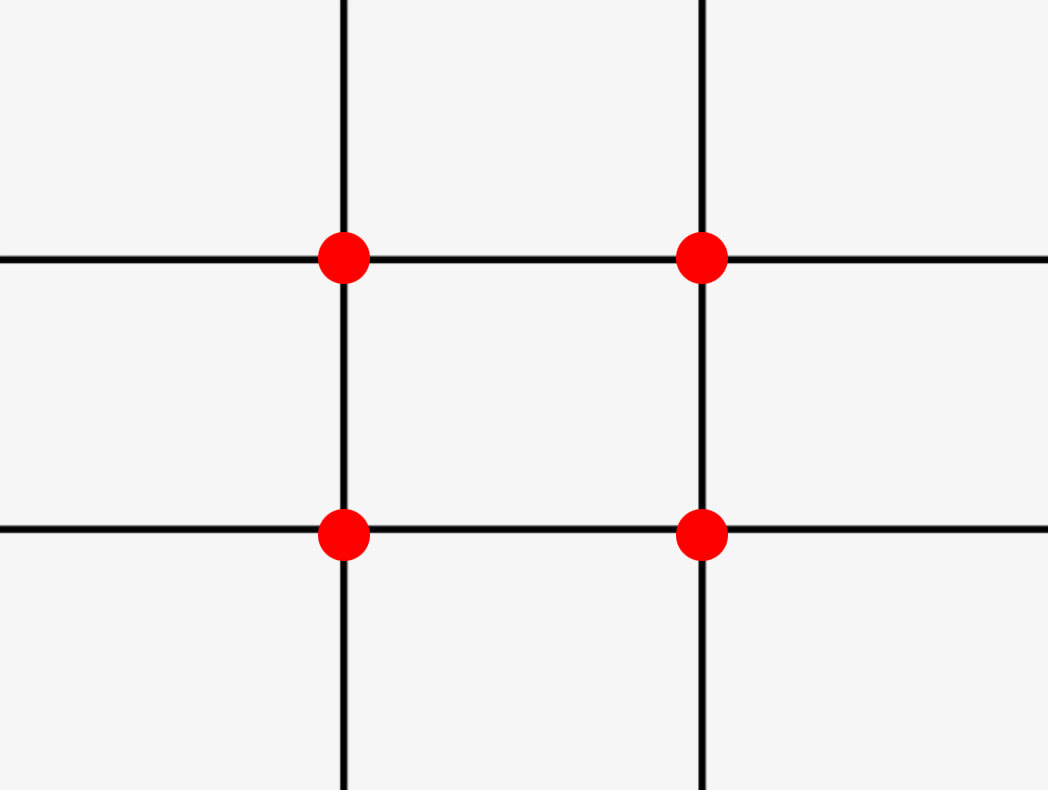
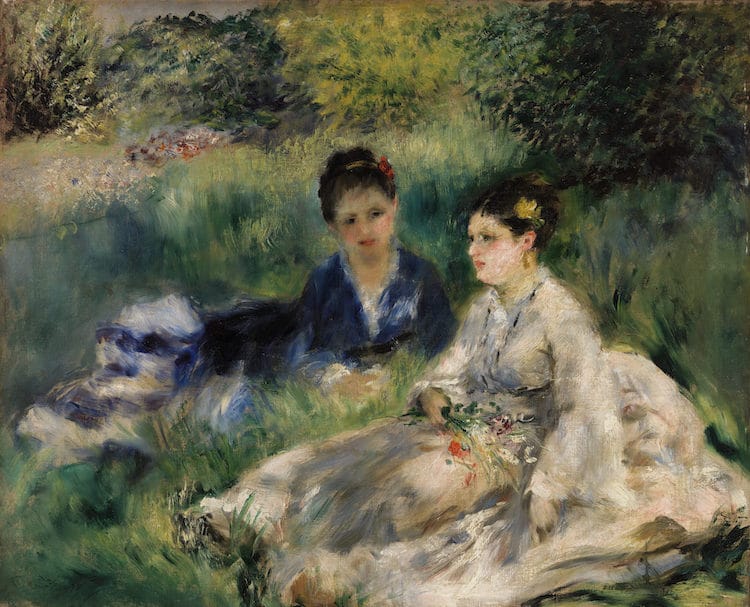
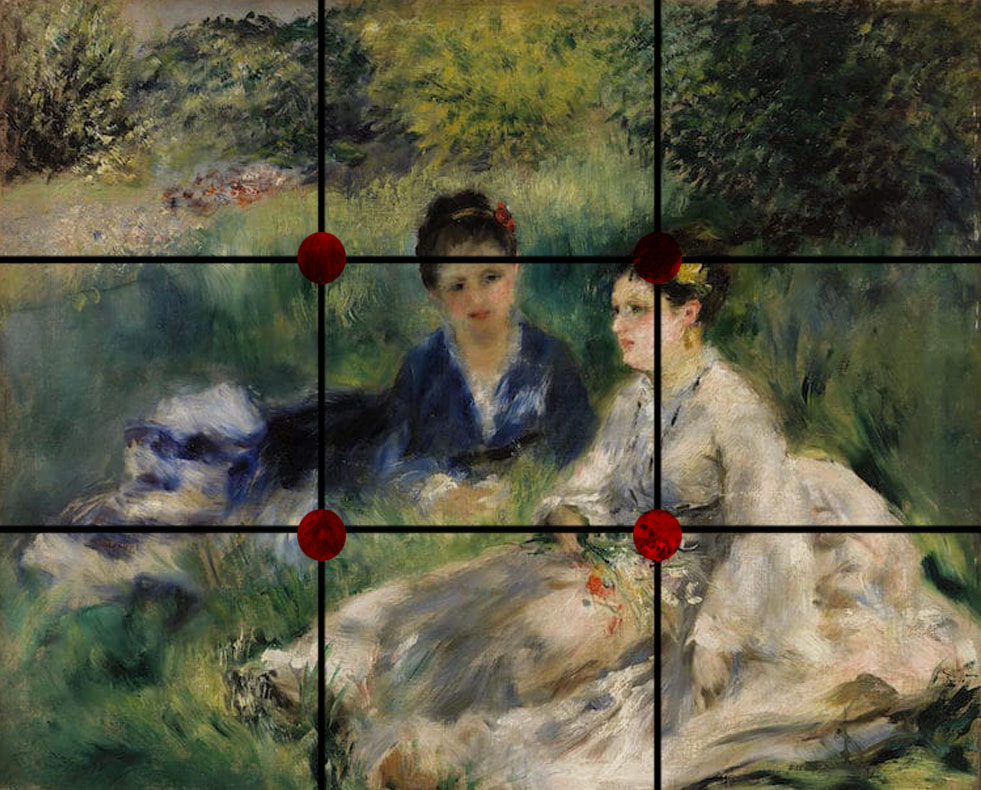
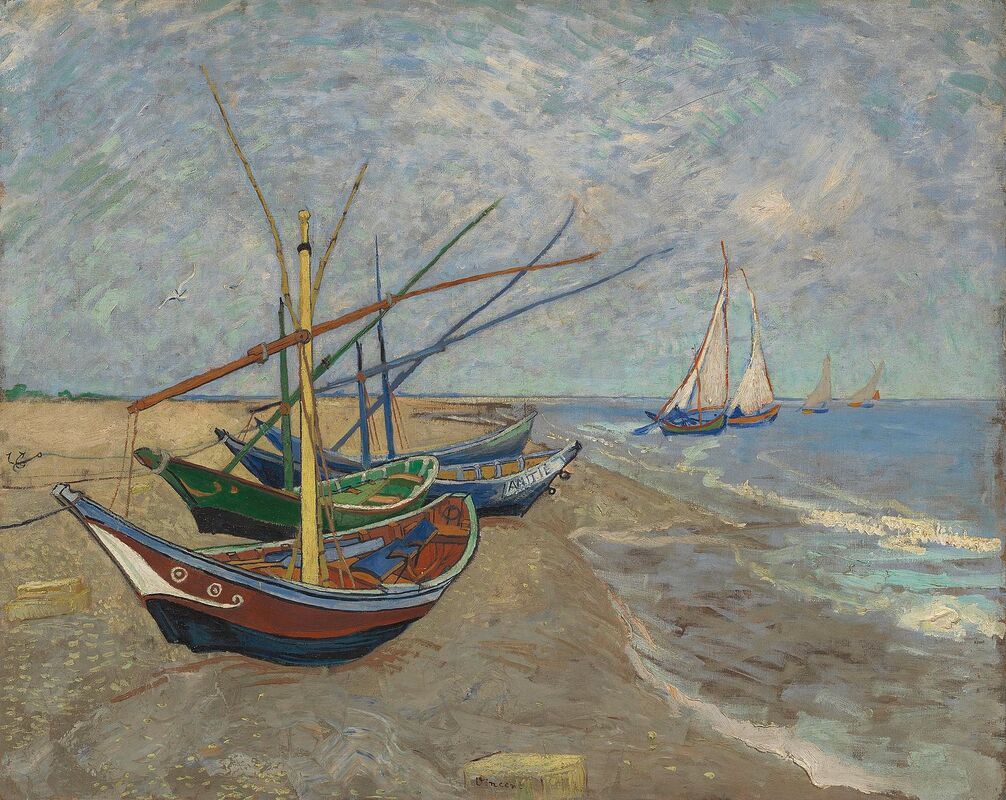
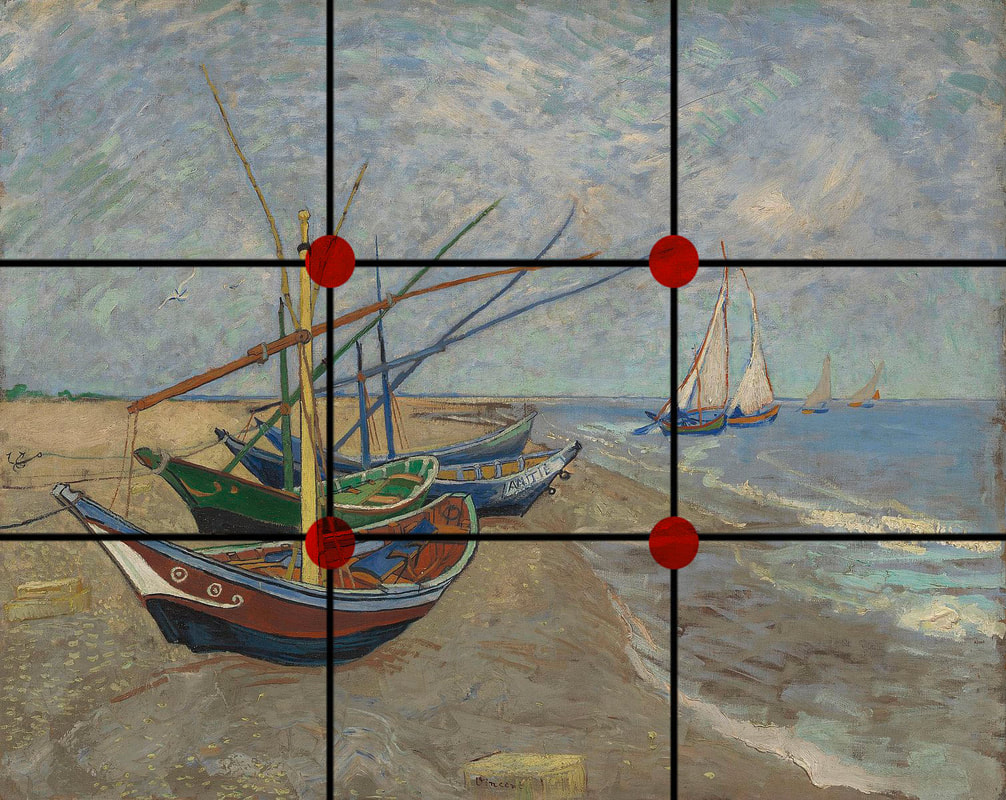
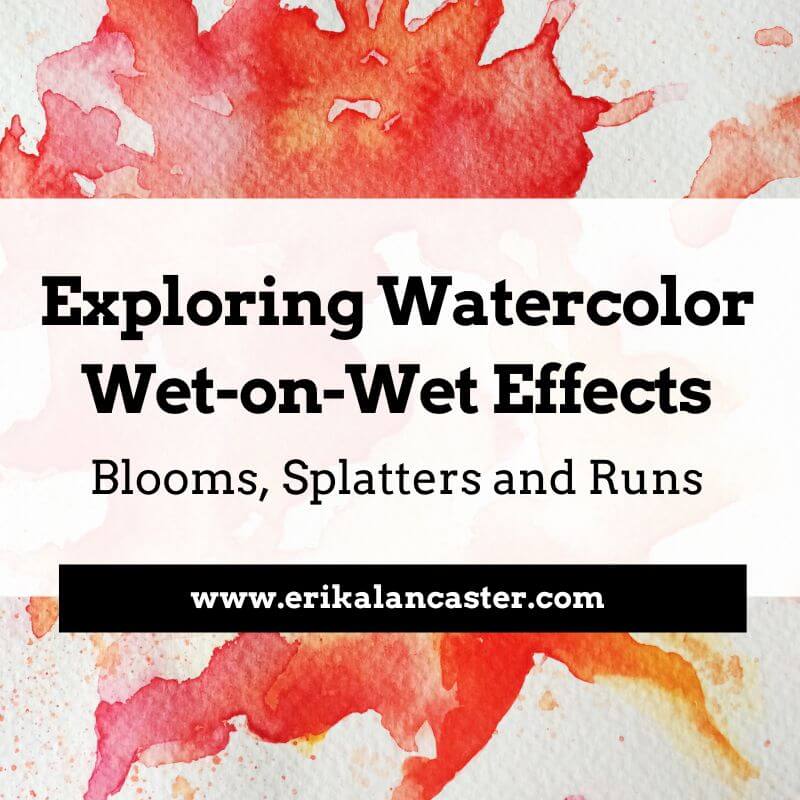
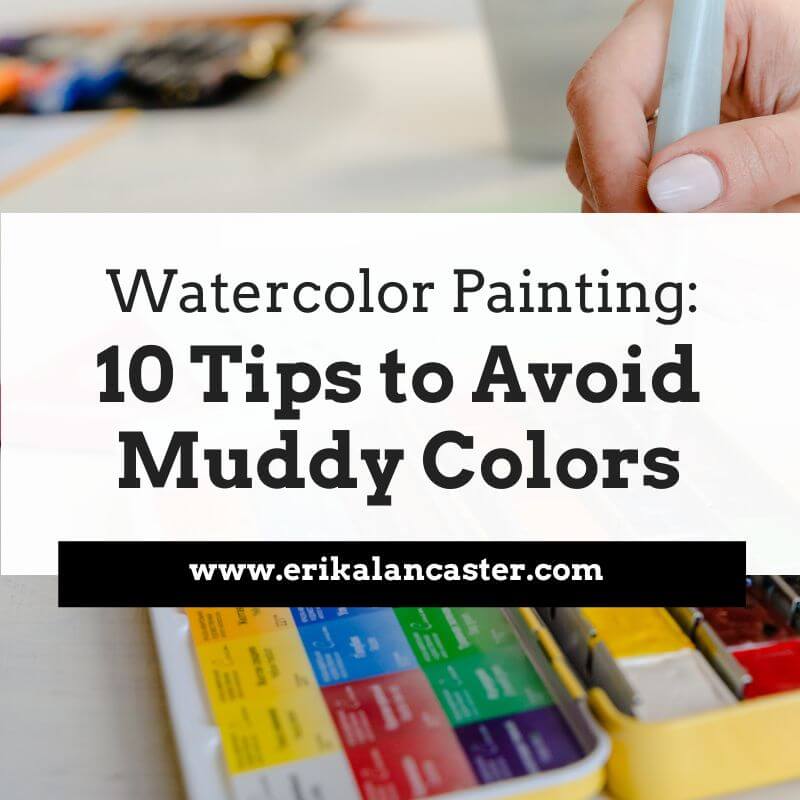
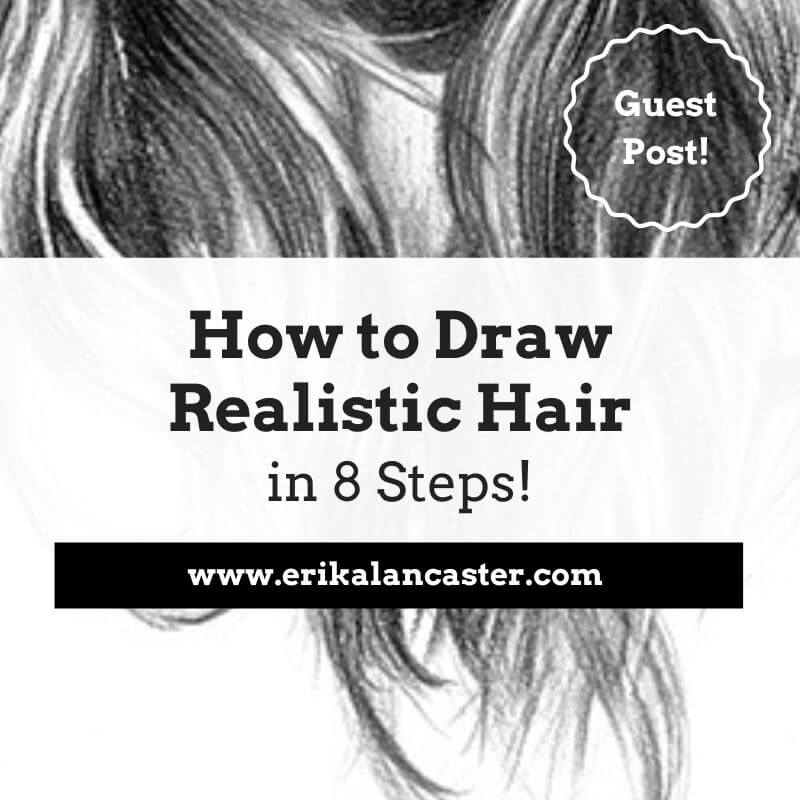

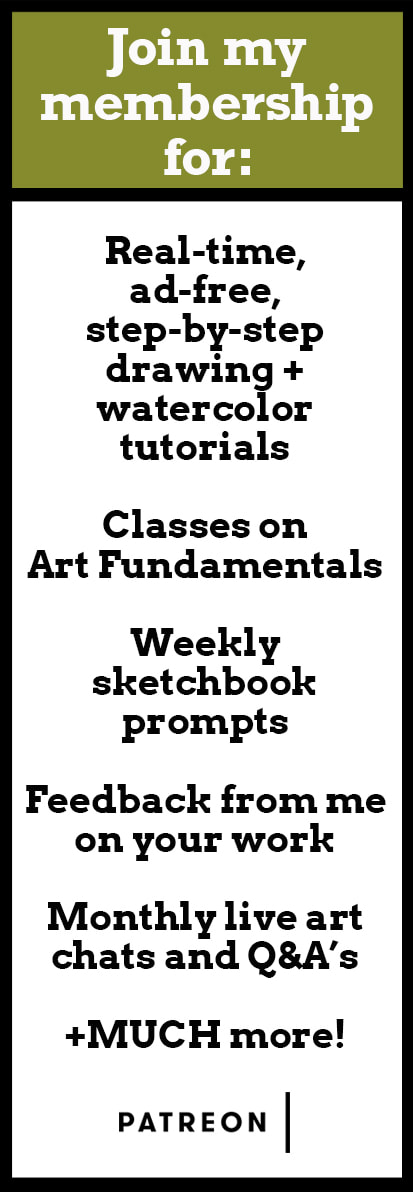
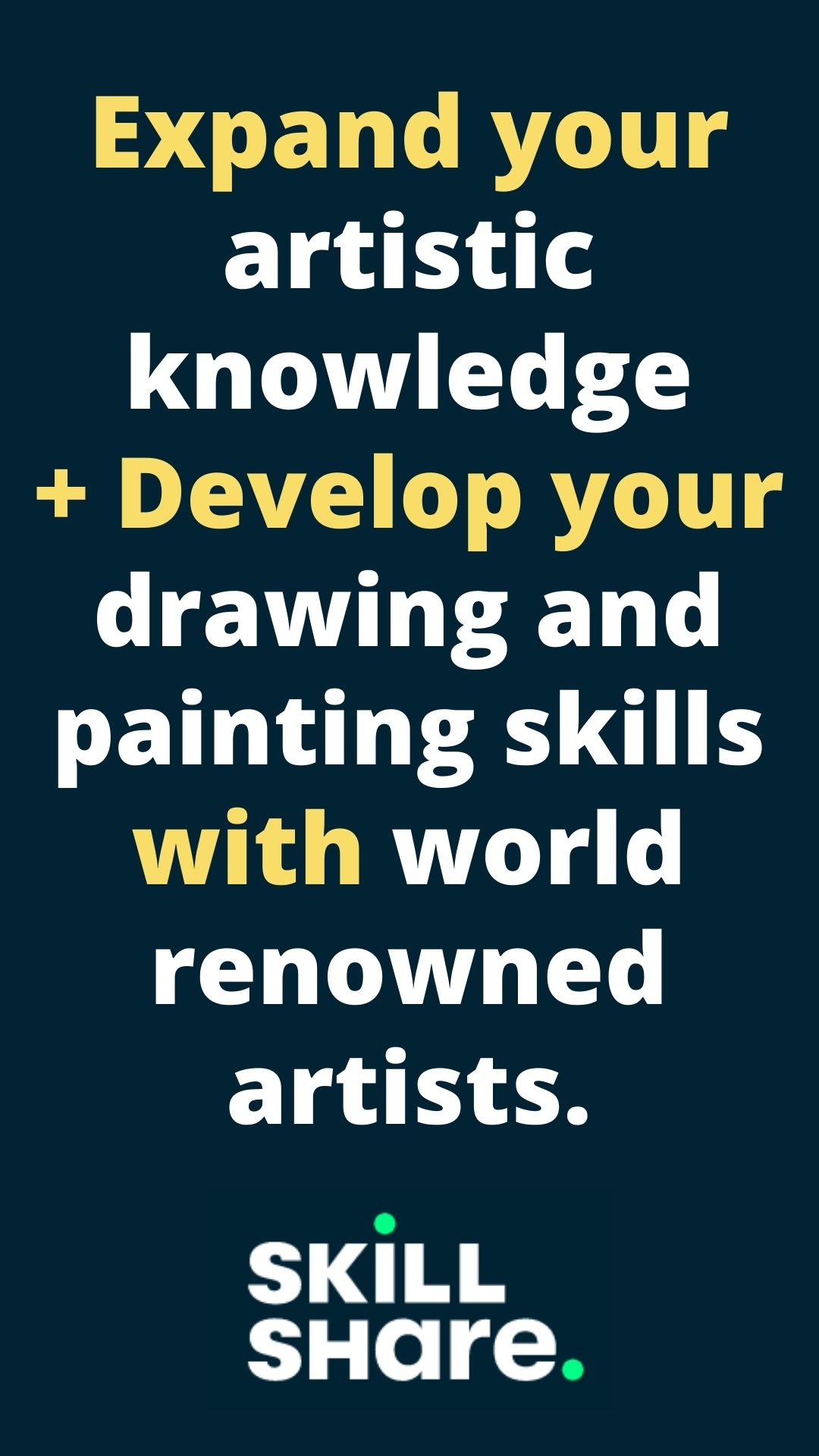

 RSS Feed
RSS Feed

